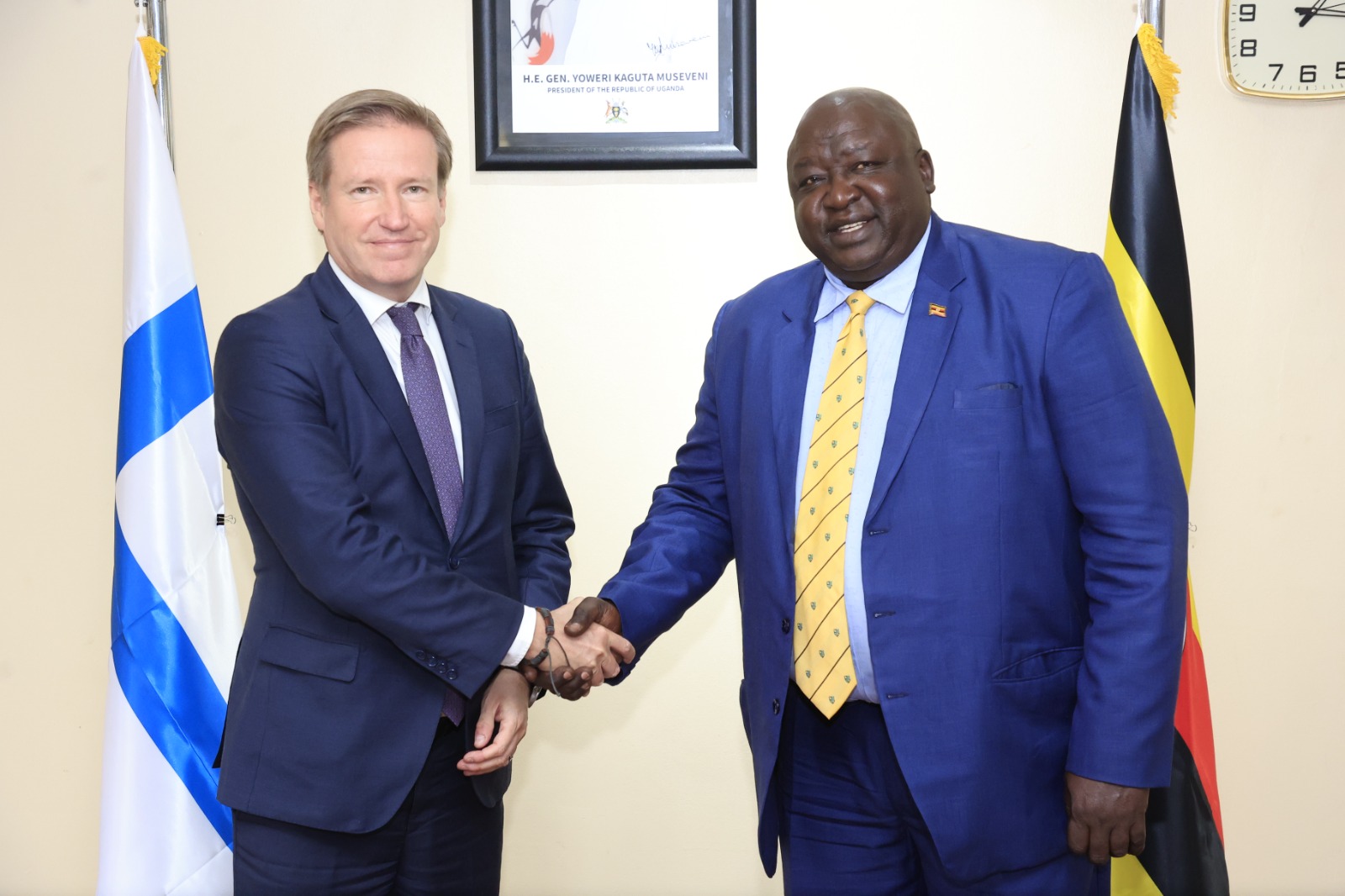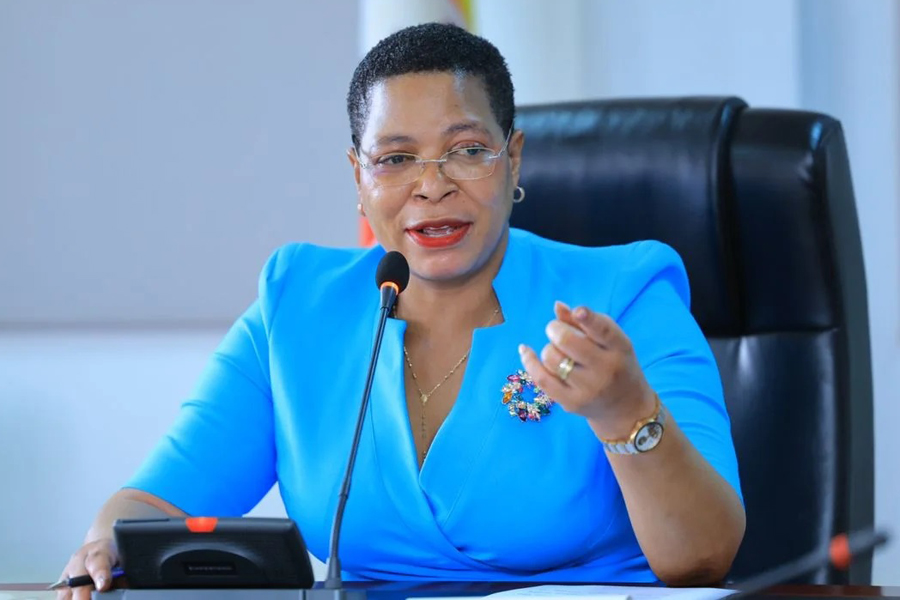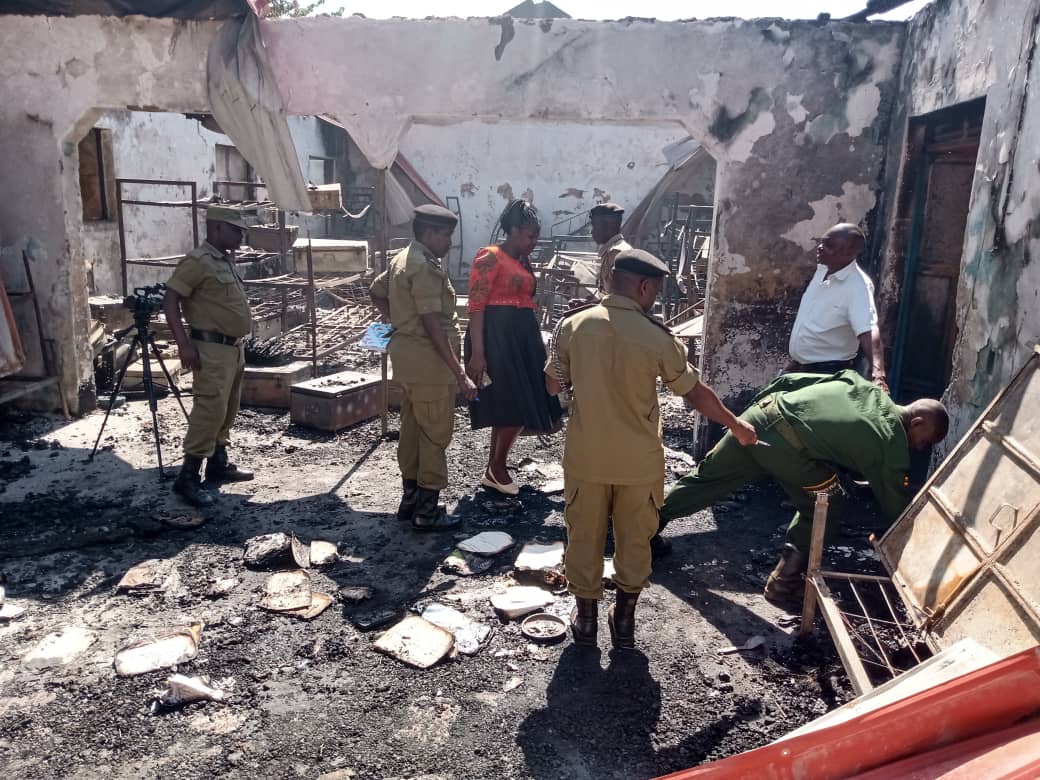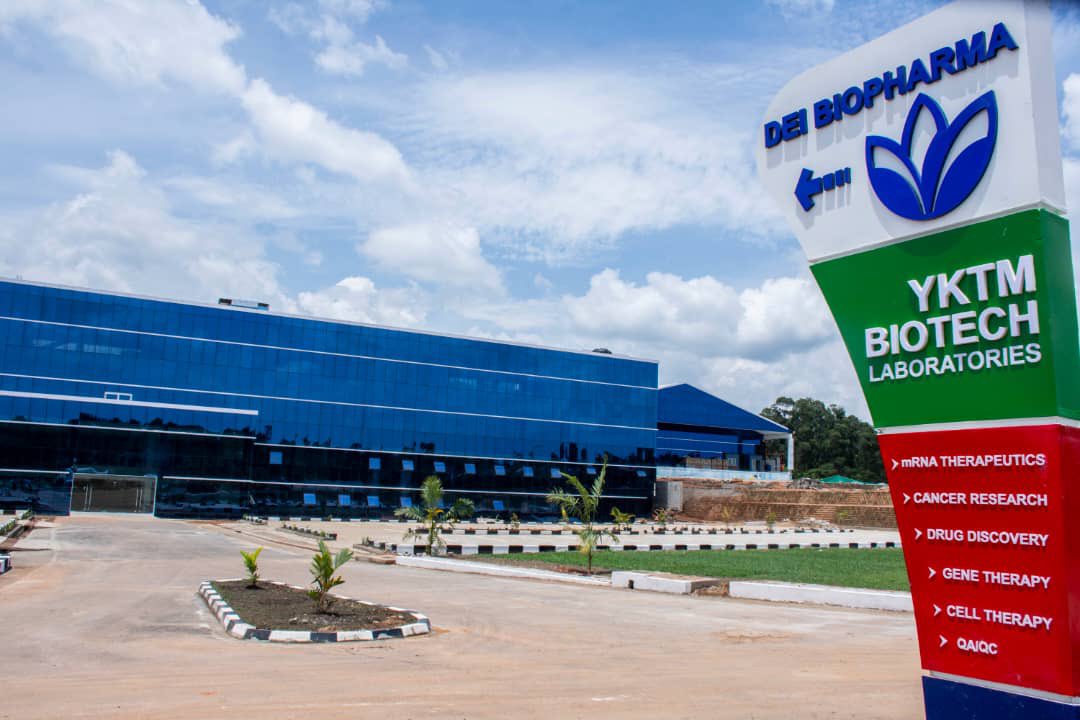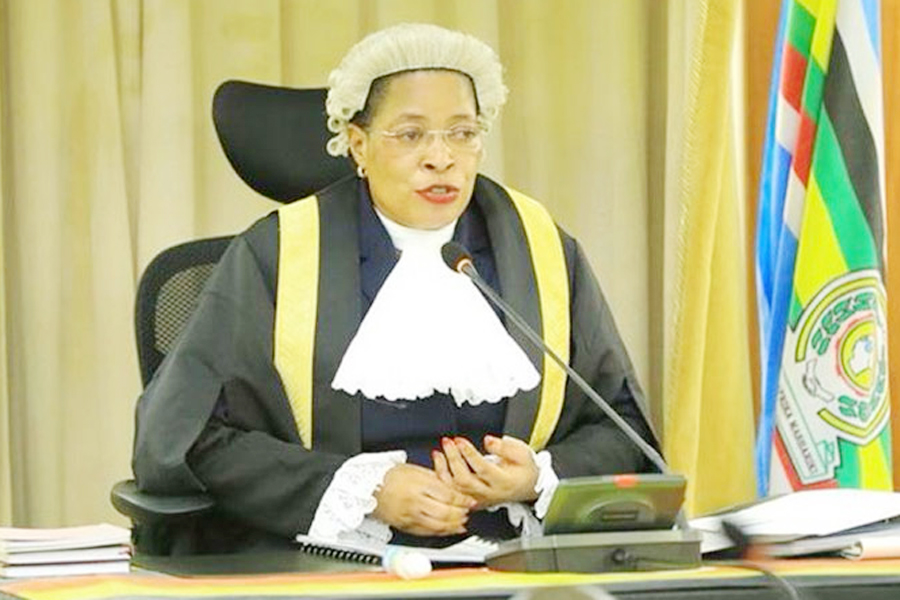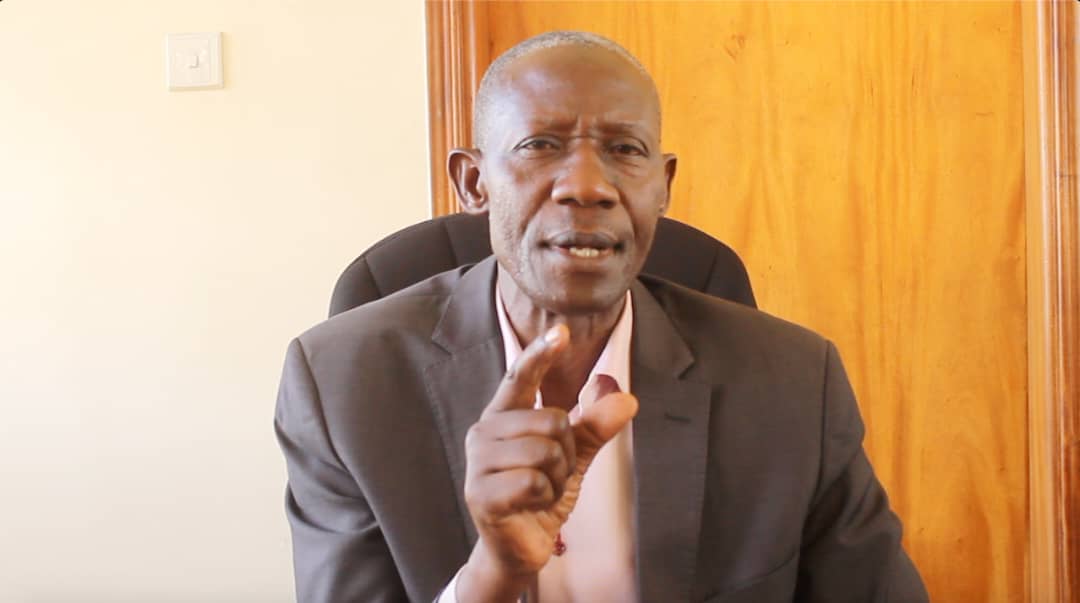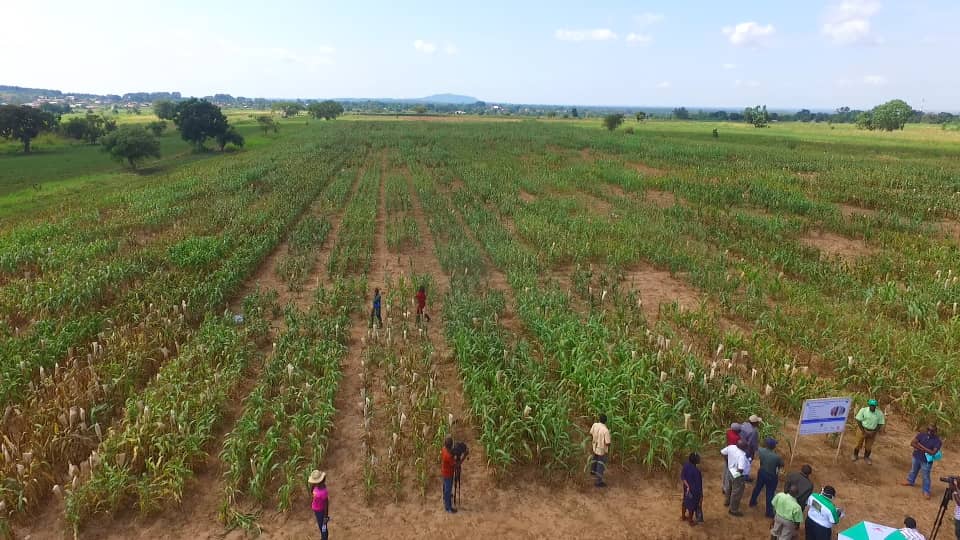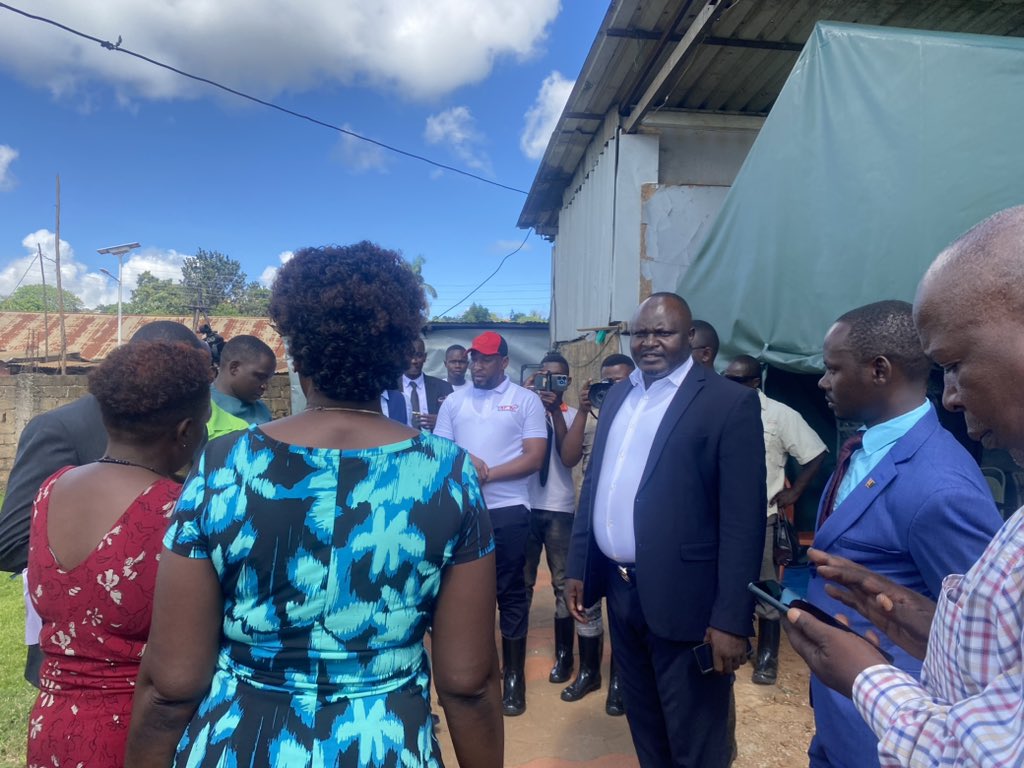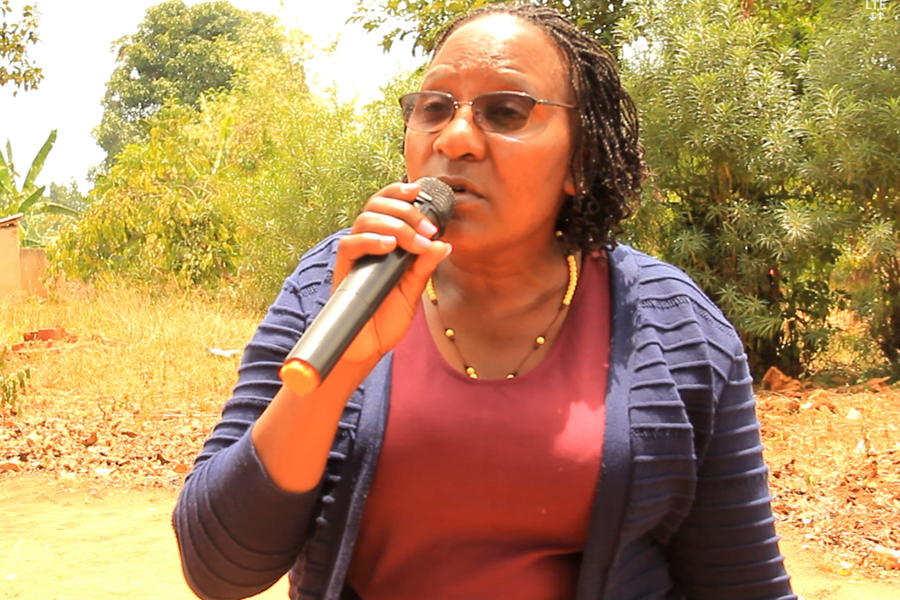New lease of life for Moroto child artisanal miners
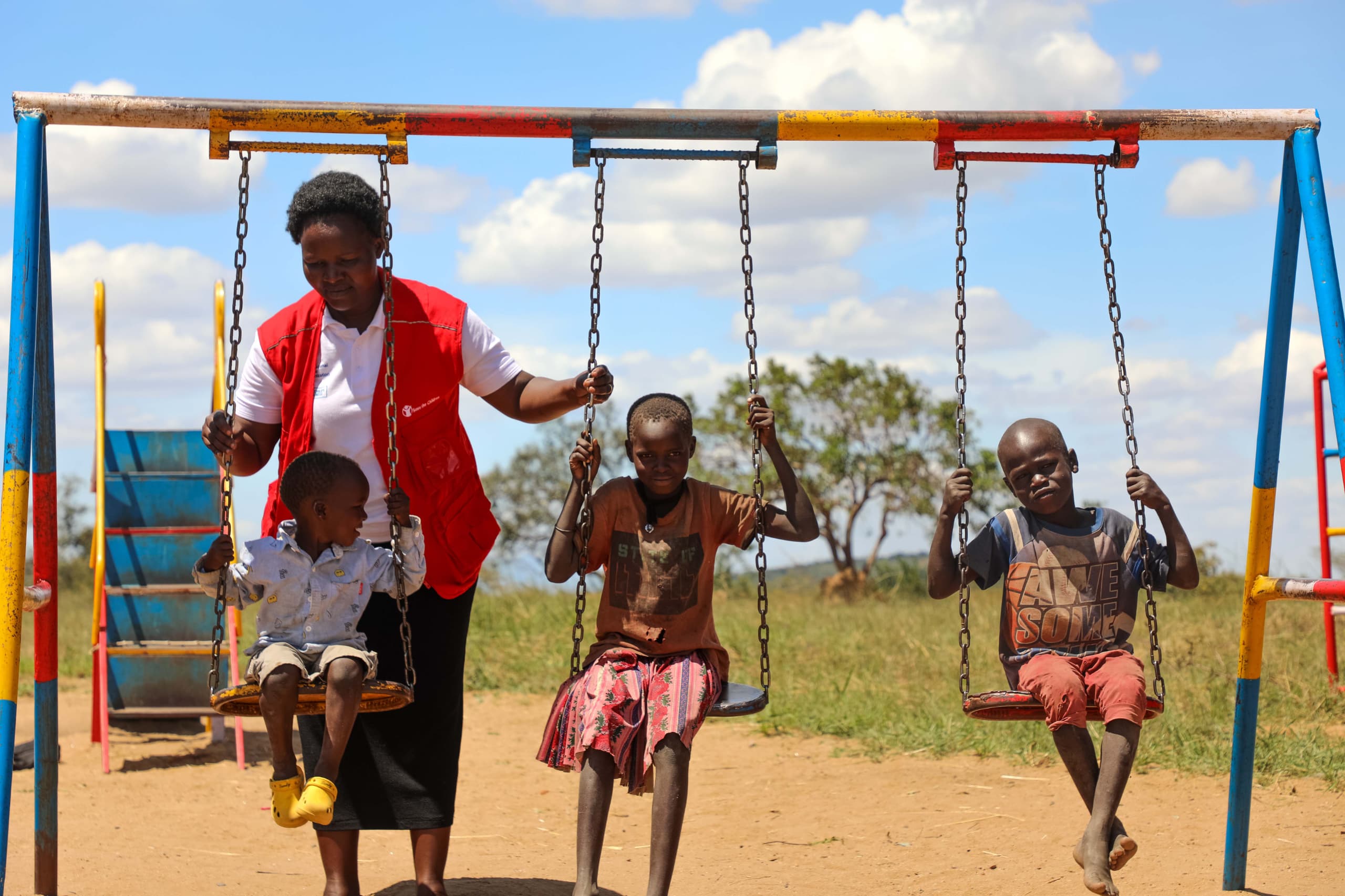
In a concerted effort to combat child labor and provide avenues for education and skill development, a collaborative initiative led by Save the Children has made significant strides in Moroto and Nakapiripirit districts.
The program, known as Work No Child’s Business (WNCB), in partnership with Hivos, Uganda National Teachers Union (UNATU), Nascent Research and Development Organization (NRDO), and Environmental Women in Action and Development (EWAD), has brought hope to children trapped in the perilous world of artisanal gold mining.
Keep Reading
Deborah, a 16-year-old girl, and Innocent, aged 14, are just two of the success stories emerging from this initiative. Both endured the harsh realities of mining, enduring long hours, dangerous conditions, and the constant threat of accidents.
In 2016, Deborah( names concealed since she is a minor) joined the mines and worked there for three years.
“I ended up in the mines to seek survival since I had dropped out of school because my parents could not afford fees anymore,” she says.
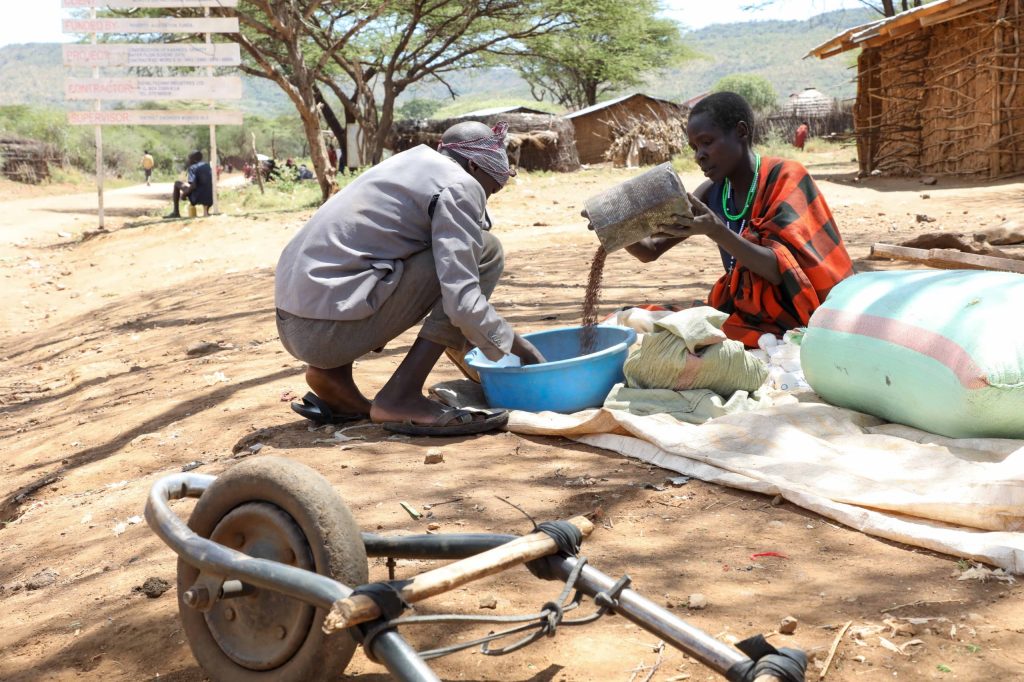 Save the Children has empowered families with income generating activities.
Save the Children has empowered families with income generating activities.
She narrates that life in the mines was tough with a number of challenges including going to the mining areas as early as 5 am to dig holes.
“ There was no water to sieve the gold or to drink. We could trek long distance searching for water and in the process risked being attacked by snakes and wild animals. Sometimes the pits would collapse and bury some children. My brother died in one of the pits, and he was never recovered,” Deborah says.
However, through an assessment that followed an awareness creation campaign of the WNCB program that was conducted by the community gatekeepers who included local leaders and para social workers, Deborah was identified.
Her life has since changed for the best.
“I survived death in the pits, and I was glad that I was able to get a chance to go back to school,”she says.
Equipped with training in tailoring and a start-up kit, she now runs her own business while pursuing her dreams of formal education.
Now back in school, Deborah not only excels academically but also serves as the head girl.
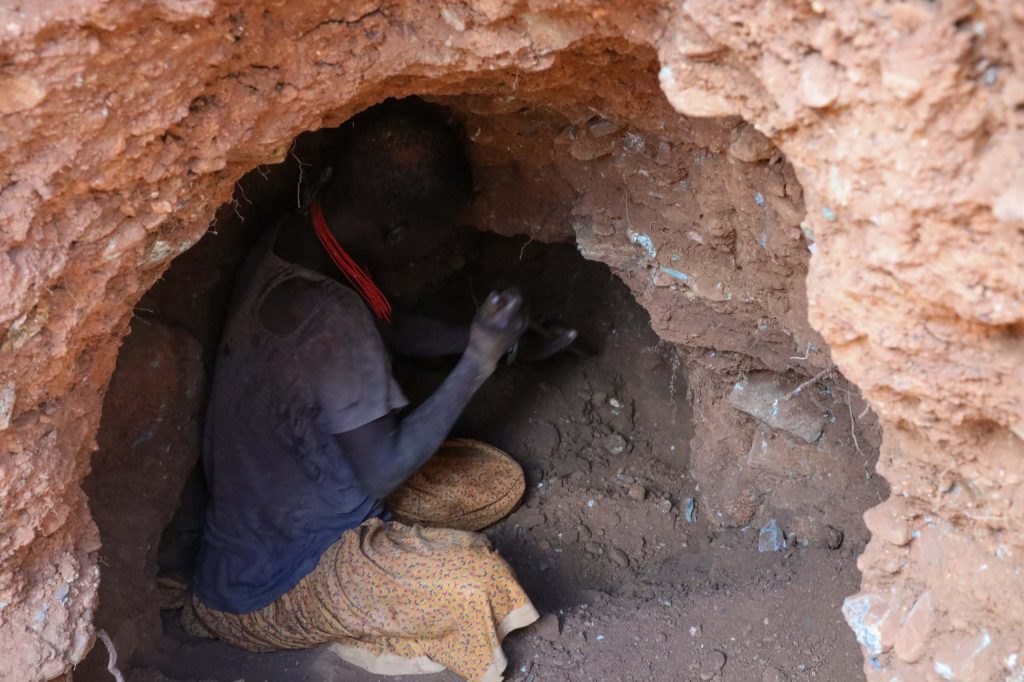 A woman mining gold in Moroto district.
A woman mining gold in Moroto district.
Her resilience and determination have transformed her life, and she aspires to become a doctor in the future.
Similarly, Innocent found solace in the classroom after escaping the mines, engaging in various school activities and envisioning a future free from exploitation.
“I felt relieved after getting out of the mines. Being in school has helped me get involved in different activities like young farmers club, drama club, and get new friends that have helped me heal from my past,” says Innocent.
According to the Moroto Community Development Officer, Maggie Lolem , there has been a significant reduction in child labor cases in Moroto district since the program's inception in 2019.
“Through community sensitization efforts and the construction of play centers near the mines, children are being encouraged to pursue education and alternative livelihoods,” she says.
The Project Manager, Caroline Adio emphasizes the collaborative nature of the initiative, which involves training mining companies on child labor laws and working with local authorities to enforce regulations.
To date, the program has rescued 1,398 children from exploitative labor conditions, offering them rehabilitation and opportunities for education and skill development.
The programme targets children in the age group 5-13 years and 14-18 years in the two districts of Nakapiripirit and Moroto through its 5 years of implementation, strengthening child protection system like case management support with start-up kits, constructing play structures, and mentorship sessions and skilling.
As the program enters its final year, plans are underway to ensure its sustainability and long-term impact.
Community-based workers have been trained to identify and address child protection cases, while advocacy efforts aim to integrate guidelines for ending child labor into local development plans.



